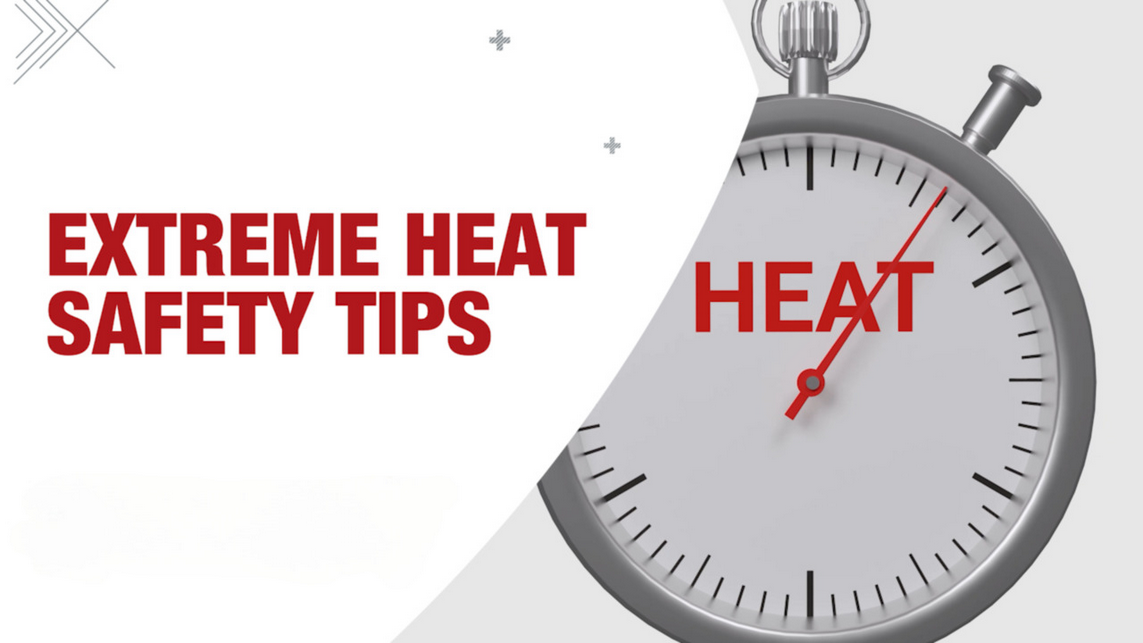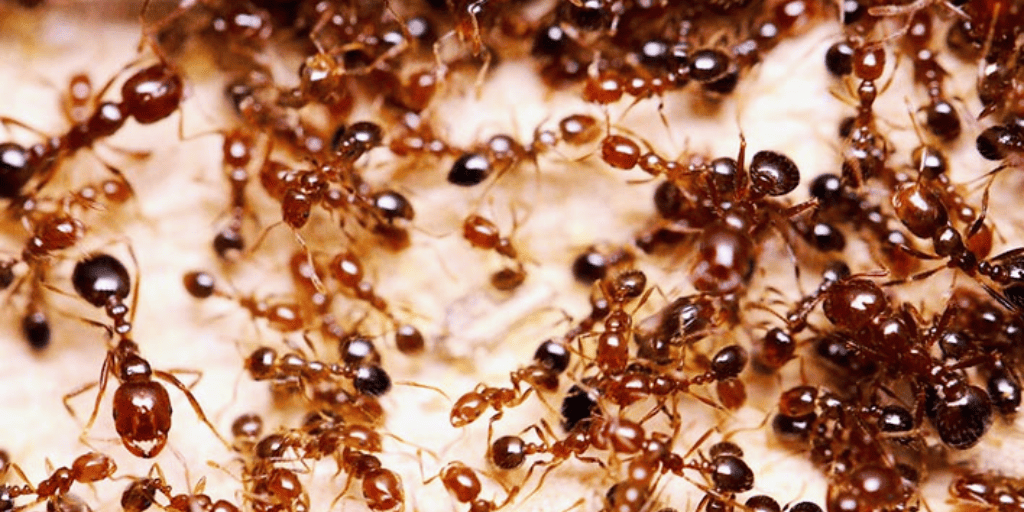Summer 2025 is shaping up to be a scorcher, and with extreme heat events becoming increasingly frequent and intense, it’s crucial to understand how to stay safe. While many of us know the basics of heat safety—drink plenty of water, stay indoors during the hottest part of the day—there are some surprising and often overlooked tips that can make a significant difference between a sweltering summer and a potentially dangerous one. This blog post dives deep into practical strategies, going beyond the obvious to help you beat the heat and stay healthy this summer.
Understanding the Dangers of Extreme Heat
Before we delve into safety tips, it’s important to understand the real dangers of extreme heat. Heat-related illnesses range from mild discomfort to life-threatening conditions. These include:
- Heat exhaustion: Characterized by heavy sweating, weakness, dizziness, headache, nausea, and vomiting.
- Heat stroke: A severe medical emergency characterized by a high body temperature (above 103°F), altered mental state, seizures, and loss of consciousness. Heat stroke requires immediate medical attention.
- Heat cramps: Painful muscle spasms, usually in the legs or abdomen, caused by excessive sweating and loss of electrolytes.
These conditions can affect anyone, but certain groups are particularly vulnerable:
- Infants and young children
- Older adults
- People with chronic illnesses
- Athletes
- Individuals working outdoors
Beyond the Basics: Surprising Heat Safety Tips
While staying hydrated and avoiding strenuous activity during peak heat hours are essential, let’s explore some less obvious, yet equally important, heat safety strategies:
1. The Power of Strategic Hydration
Drinking water is crucial, but when you drink it matters. Don’t wait until you feel thirsty; thirst is already a sign of dehydration. Sip water continuously throughout the day, even if you don’t feel thirsty. Consider adding electrolytes, especially if you’re sweating heavily. Electrolyte drinks or adding a pinch of salt to your water can help replenish lost minerals. Avoid sugary drinks as they can dehydrate you further.
2. Dress for Success (or, How to Beat the Heat with Your Wardrobe)
Light-colored, loose-fitting clothing is your best friend in hot weather. Dark colors absorb more heat. Loose clothing allows air to circulate around your body, keeping you cooler. Consider fabrics like linen or cotton, known for their breathability.
3. Harness the Power of the Fan
Fans don’t just create a breeze; they can significantly reduce your body temperature. However, using fans effectively requires some strategy. A fan combined with air conditioning can help maintain cooler temperatures. Even without air conditioning, using several fans strategically to create air circulation can make a noticeable difference in your comfort level.
4. Embrace the Cool-Down Power of Showers and Baths
Taking a cool (not cold) shower or bath can significantly lower your body temperature, especially after strenuous activity. Avoid extremely cold water, as this can lead to shivering, which actually generates heat. A lukewarm shower is a preferable option.
5. Smart Snacking for Summer
Choose light, refreshing meals and snacks. Fruits and vegetables with high water content, like watermelon and cucumbers, help you stay hydrated. Avoid heavy, greasy foods, which can increase your body temperature.
6. Know Your Limits
Listen to your body. If you start feeling overheated, take immediate action: find a cool place, rest, hydrate, and cool down your body. Don’t push yourself beyond your limits, especially during the hottest part of the day.
7. Never Leave Children or Pets in a Parked Car
The inside temperature of a parked car can rise rapidly, even on moderately warm days. Leaving children or pets in a parked car, even for a few minutes, can be fatal. This should be emphasized as a critical safety precaution.
8. Utilize Technology Wisely
Smart home devices allow you to pre-cool your house before you come home from work. This helps manage the indoor temperature effectively, reducing the strain on your AC system and ensuring you come home to a pleasant, cool environment.
9. Check on Vulnerable Neighbors and Family Members
Older adults, individuals with chronic illnesses, and those living alone are at increased risk of heat-related illnesses. Check on them regularly, especially during heat waves.
10. Plan Your Outdoor Activities Strategically
If you must be outside during the hottest part of the day, limit your time in direct sunlight and take frequent breaks in shaded areas. Hydrate consistently and wear protective clothing.
Recognizing and Responding to Heat-Related Illnesses
Knowing the signs and symptoms of heat exhaustion and heat stroke is crucial. If you or someone you know exhibits symptoms of heat stroke (high body temperature, altered mental state, seizures), seek immediate medical attention. For heat exhaustion, move to a cool place, hydrate, and rest. If symptoms don’t improve, seek medical help.
Summer 2025 will undoubtedly present significant heat challenges. By implementing these surprising yet effective heat safety tips, you can significantly reduce your risk of heat-related illnesses and enjoy a safer, healthier summer. Remember, preparedness and awareness are your best defenses against the summer heat.




